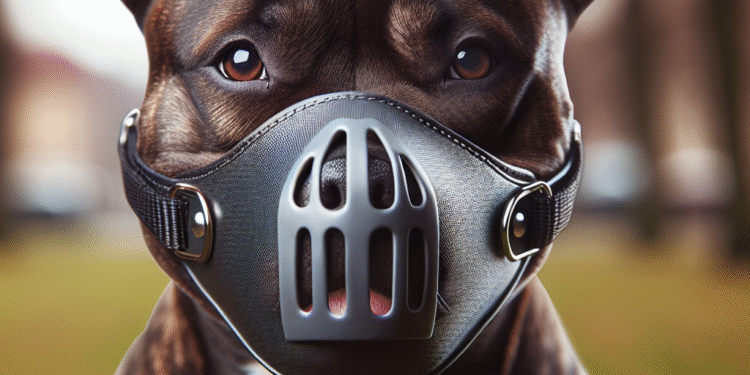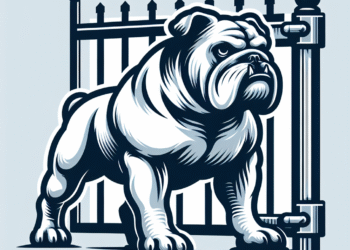Muzzling your dog, especially a bully breed, can often evoke mixed feelings. While it may be necessary for safety or regulation, it’s crucial that the muzzle fits well and is comfortable for your furry friend. This article will guide you through the considerations and steps to select the perfect muzzle for your bully breed, ensuring both safety and comfort.
Understanding the Need for a Muzzle
For bully breeds, muzzles are commonly used for various reasons:
- Safety: In situations where your dog might feel threatened or stressed, a muzzle can prevent biting.
- Regulation: Certain areas or dog-friendly establishments may require muzzles for specific breeds.
- Training Aid: Muzzles can be used effectively during training to control behavior in challenging situations without punishment.
Types of Muzzles
When considering a muzzle, it’s important to understand the different types available:
-
Basket Muzzles: Made from materials like plastic or wire, these muzzles allow dogs to open their mouths to pant, drink, and take treats. They’re ideal for long walks or visits to busy places.
-
Soft Muzzles: Often made from nylon or fabric, these muzzles are more restrictive and are best for short-term use, such as during grooming or vet visits. They can limit breathing and panting, so they should never be worn for long periods.
- Custom Muzzles: For dogs with specific needs, you might consider a customized muzzle. These can be tailored to fit your dog’s unique shape and size, ensuring maximum comfort and functionality.
Factors to Consider When Selecting a Muzzle
1. Size and Fit
A well-fitting muzzle is essential. To measure your dog:
- Snout Length: Measure from the tip of the nose to the eyes.
- Snout Circumference: Measure around the widest part of the snout, with enough room for comfort and breathing.
Check the manufacturer’s sizing chart to find the best fit. A muzzle that is too tight can cause injury, while one that is too loose can slip off.
2. Material
The material of the muzzle significantly affects comfort:
- Metal Muzzles: Durable and breathable but can be heavy and cause discomfort if not properly fitted.
- Plastic Muzzles: Lightweight and easy to clean, they may not be suitable for extremely hot or humid weather.
- Fabric Muzzles: Soft and comfortable, they are a great option for short-term use but may not provide enough ventilation for longer wear.
3. Ventilation and Comfort
Ensure the muzzle has adequate holes to allow for panting and breathing. It should also fit snugly but not pinch the skin or rub against the fur. Consider choosing a muzzle with padding around the nose for added comfort.
4. Training Your Dog to Accept the Muzzle
Once you’ve found the right muzzle, it’s vital to train your bully breed to accept it gradually:
- Introduce the Muzzle: Allow your dog to sniff and explore the muzzle before attempting to put it on.
- Positive Reinforcement: Use treats and praise whenever your dog shows interest or calm behavior while wearing the muzzle.
- Gradual Acclimatization: Start by putting the muzzle on for short periods and gradually increase the duration as your dog gets more comfortable.
When Not to Use a Muzzle
While muzzles can be incredibly useful, they aren’t suitable in all situations:
- To Replace Training: A muzzle should never be used as a substitute for proper training. Addressing behavioral issues at their core is essential for long-term success.
- If Unsure of Fit: Do not force a muzzle onto your dog if you suspect it doesn’t fit correctly. This can cause anxiety and lead to negative associations.
Conclusion
Selecting the right muzzle for your bully breed involves careful consideration of fit, material, and the dog’s comfort. With the right approach, muzzling can be a positive experience for both you and your dog, fostering safety and security in various situations. Always remember, a muzzle should never be a long-term solution but rather a tool to help with specific challenges. With training and patience, your bully will wear their muzzle confidently, allowing you both to navigate the world safely and happily.













